The infrastructure bill will pour $15 billion into replacing lead pipes. Newark shows it can be done.

The $1.2 trillion infrastructure bill Congress sent to President Biden's desk Friday night, with more than $550 billion in new spending, is a major investment in America's roads, bridges, airports, electric grid, broadband, and other physical upgrades. But the portion that will perhaps improve lives the most is the $55 billion in water infrastructure, including $15 billion to replace lead pipes. Lead in drinking water is tied to developmental delays in children and brain, kidney, and blood damage.
The infrastructure money won't solve every city's water problems. Jackson, Mississippi, for example, says it needs $1 billion to fix its dilapidated water and sewage systems, but Mississippi will get $459 million to spend on water improvements across the state. The leaders of Jackson, which is 82 percent Black, say they already have plans drawn up to fix their water infrastructure — but they're not optimistic the Republicans who run the state will parcel out an equitable portion for their city, The Washington Post reports.
"Anyone who thinks Mississippi will change the very consistent practice of not investing in Black people, they're delusional," Andre Perry at the Brookings Institution tells the Post.
The Week
Escape your echo chamber. Get the facts behind the news, plus analysis from multiple perspectives.

Sign up for The Week's Free Newsletters
From our morning news briefing to a weekly Good News Newsletter, get the best of The Week delivered directly to your inbox.
From our morning news briefing to a weekly Good News Newsletter, get the best of The Week delivered directly to your inbox.
"Although the problems with Jackson's water supply are extreme, they are not unique," the Post adds. "Cities such as Newark, Detroit, and Philadelphia — to name just a few — have experienced diminished water quality and reliability as their systems age." But Newark is ahead of schedule to replace all its lead-lined water pipes with copper, The Associated Press reports.
Under pressure from residents and sued by the Natural Resources Defense Council, Newark began replacing its 20,000 lead water service lines in 2019, AP reports. "Less than three years after the work began, the replacement project, initially projected to take up to 10 years, is nearly complete."

Newark's success is attributable to an influx of state and local money, changes to state law and city ordinances that allow renters to admit workers into their buildings, and legal and political pressures. The city also says it sped up the job by training 75 unemployed and underemployed residents to work on the line replacement.
The stars appear to have aligned in Newark while the state may prevent adequate federal investments in Jackson's water systems. But the stakes are high to get this done: the NRDC estimates the U.S. has as many as 12 million lead service lines that need replacing.
A free daily email with the biggest news stories of the day – and the best features from TheWeek.com
Peter has worked as a news and culture writer and editor at The Week since the site's launch in 2008. He covers politics, world affairs, religion and cultural currents. His journalism career began as a copy editor at a financial newswire and has included editorial positions at The New York Times Magazine, Facts on File, and Oregon State University.
-
 Zimbabwe’s driving crisis
Zimbabwe’s driving crisisUnder the Radar Southern African nation is experiencing a ‘public health disaster’ with one of the highest road fatality rates in the world
-
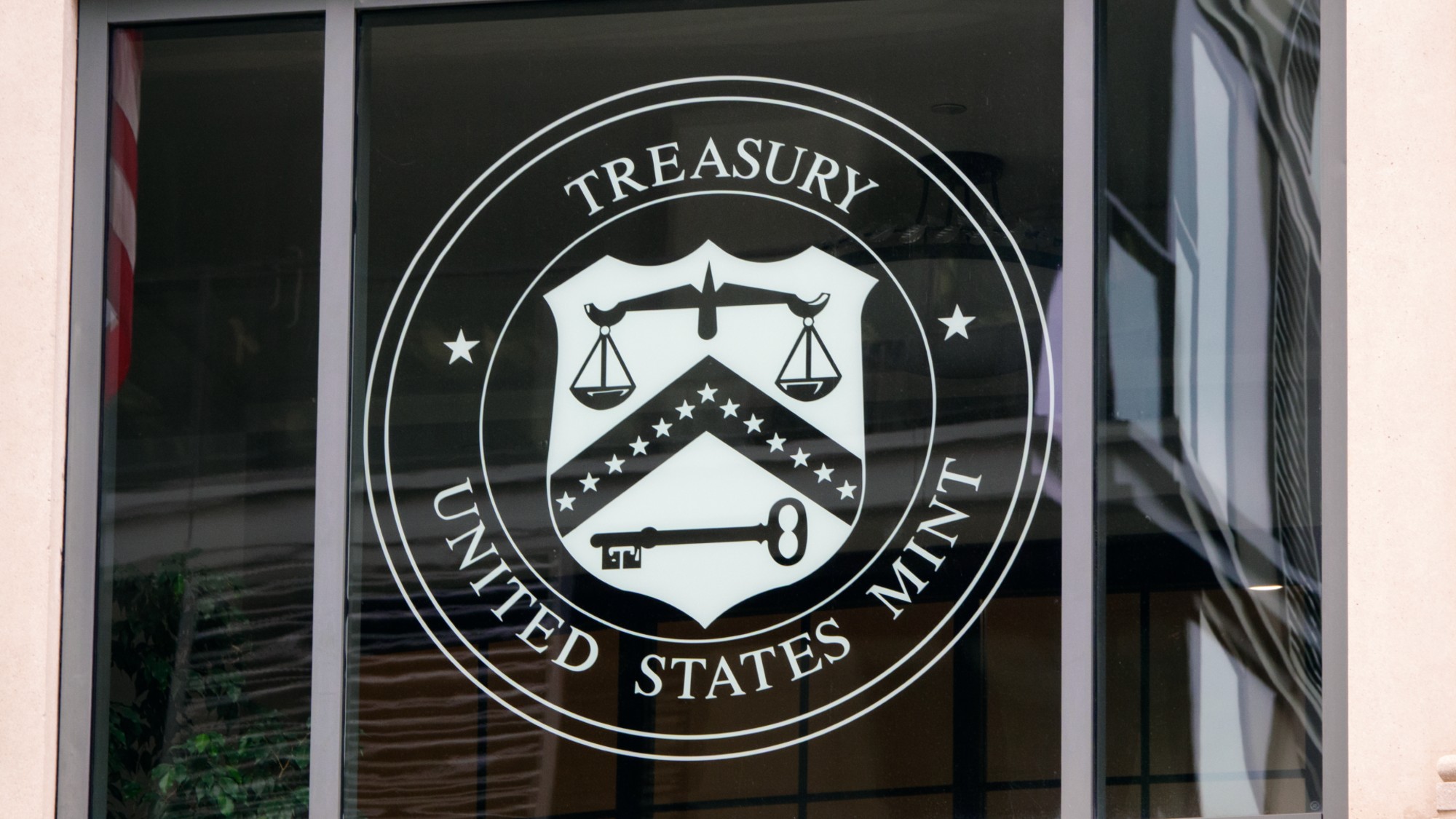 The Mint’s 250th anniversary coins face a whitewashing controversy
The Mint’s 250th anniversary coins face a whitewashing controversyThe Explainer The designs omitted several notable moments for civil rights and women’s rights
-
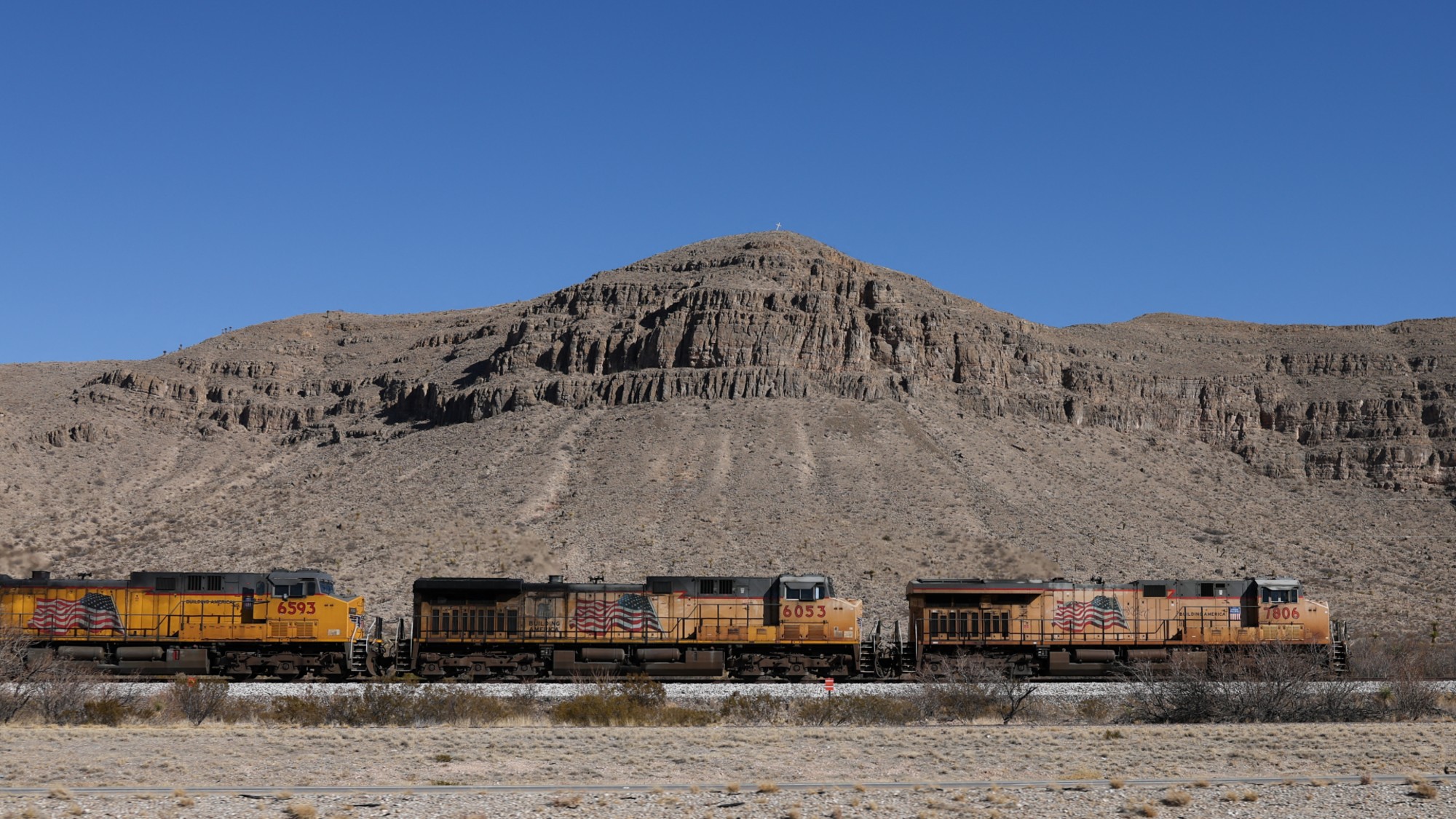 ‘If regulators nix the rail merger, supply chain inefficiency will persist’
‘If regulators nix the rail merger, supply chain inefficiency will persist’Instant Opinion Opinion, comment and editorials of the day
-
 ‘One Battle After Another’ wins Critics Choice honors
‘One Battle After Another’ wins Critics Choice honorsSpeed Read Paul Thomas Anderson’s latest film, which stars Leonardo DiCaprio, won best picture at the 31st Critics Choice Awards
-
 Son arrested over killing of Rob and Michele Reiner
Son arrested over killing of Rob and Michele ReinerSpeed Read Nick, the 32-year-old son of Hollywood director Rob Reiner, has been booked for the murder of his parents
-
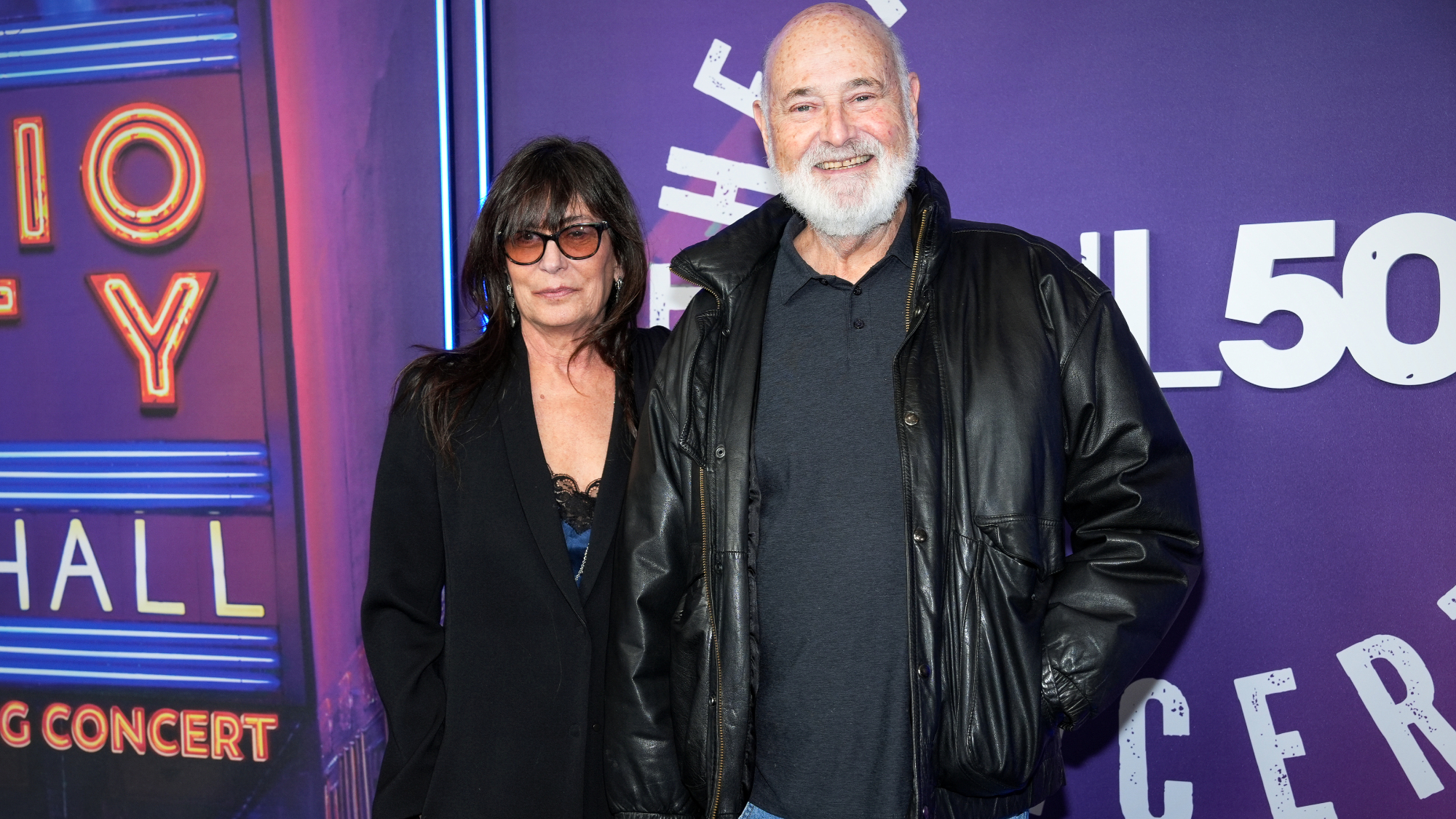 Rob Reiner, wife dead in ‘apparent homicide’
Rob Reiner, wife dead in ‘apparent homicide’speed read The Reiners, found in their Los Angeles home, ‘had injuries consistent with being stabbed’
-
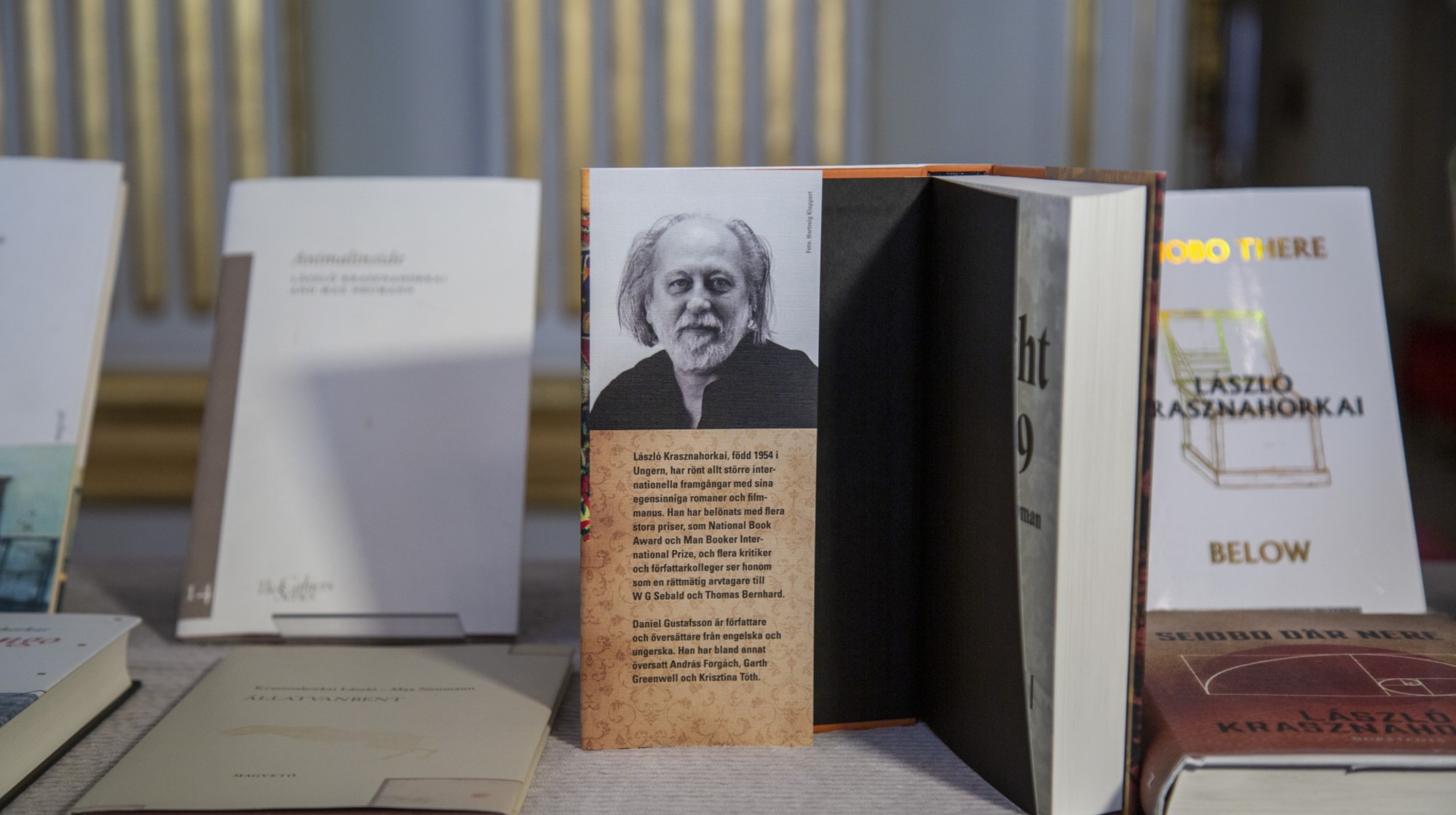 Hungary’s Krasznahorkai wins Nobel for literature
Hungary’s Krasznahorkai wins Nobel for literatureSpeed Read László Krasznahorkai is the author of acclaimed novels like ‘The Melancholy of Resistance’ and ‘Satantango’
-
 Primatologist Jane Goodall dies at 91
Primatologist Jane Goodall dies at 91Speed Read She rose to fame following her groundbreaking field research with chimpanzees
-
 Florida erases rainbow crosswalk at Pulse nightclub
Florida erases rainbow crosswalk at Pulse nightclubSpeed Read The colorful crosswalk was outside the former LGBTQ nightclub where 49 people were killed in a 2016 shooting
-
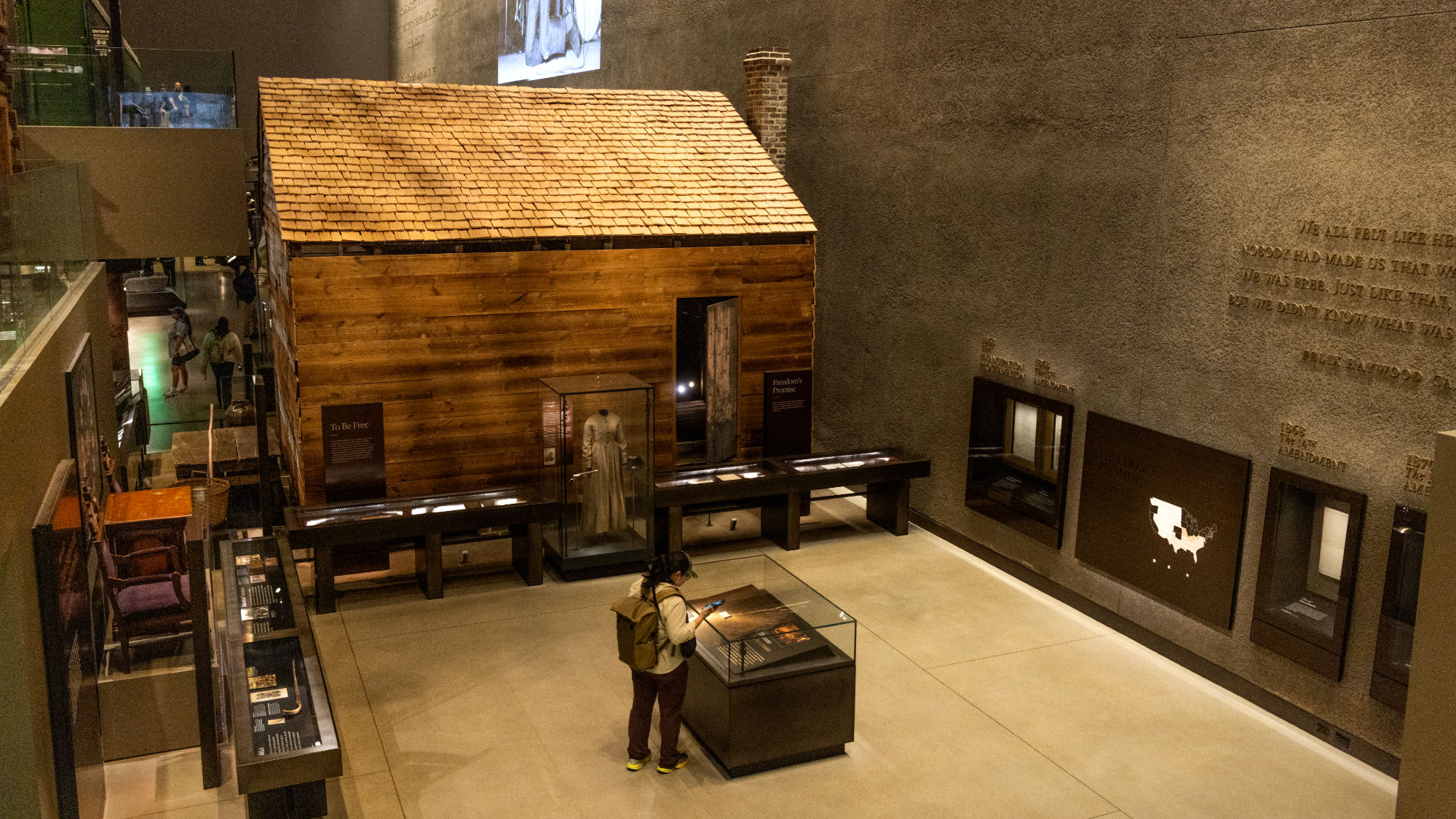 Trump says Smithsonian too focused on slavery's ills
Trump says Smithsonian too focused on slavery's illsSpeed Read The president would prefer the museum to highlight 'success,' 'brightness' and 'the future'
-
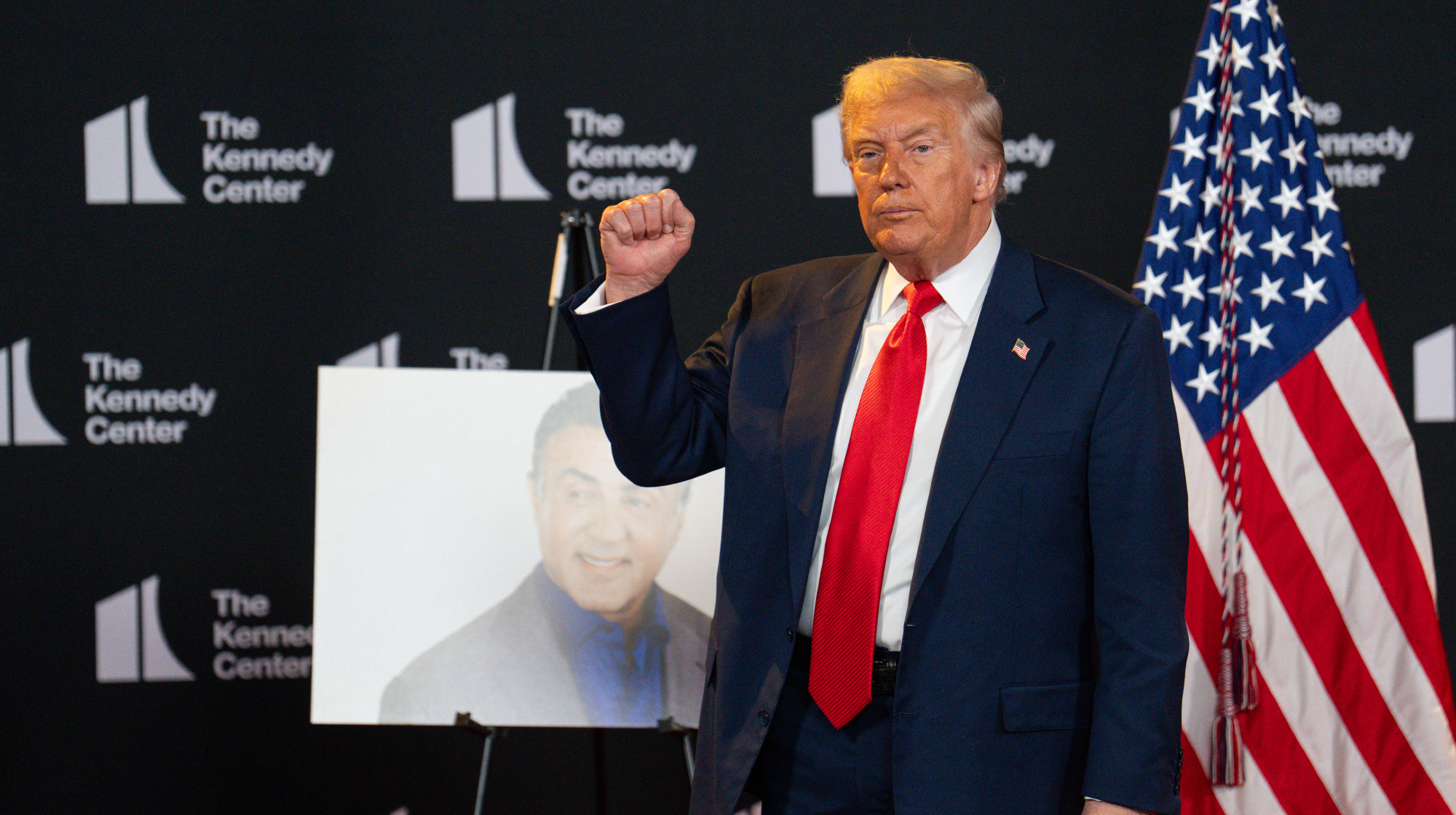 Trump to host Kennedy Honors for Kiss, Stallone
Trump to host Kennedy Honors for Kiss, StalloneSpeed Read Actor Sylvester Stallone and the glam-rock band Kiss were among those named as this year's inductees
